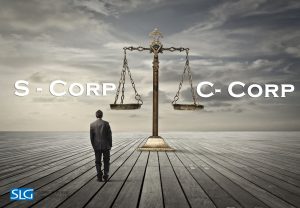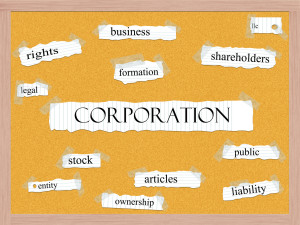 When a company suffers financial harm due to mismanagement by a corporate officer or a board member, it is the shareholders that usually suffer the consequences. The law allows shareholders to sue for their losses when a company cannot or will not sue the officers that caused it. These are known as “derivative” suits because the shareholder’s cause of action actually derives from the company’s losses. The corporate attorneys at Structure Law Group can help you understand and enforce these rights in order to protect your financial interests as a shareholder. If you believe that funds have been mismanaged, we can help you investigate the claim and plan the legal strategy that best protects your rights. Our experienced litigators can also protect your rights in court.
When a company suffers financial harm due to mismanagement by a corporate officer or a board member, it is the shareholders that usually suffer the consequences. The law allows shareholders to sue for their losses when a company cannot or will not sue the officers that caused it. These are known as “derivative” suits because the shareholder’s cause of action actually derives from the company’s losses. The corporate attorneys at Structure Law Group can help you understand and enforce these rights in order to protect your financial interests as a shareholder. If you believe that funds have been mismanaged, we can help you investigate the claim and plan the legal strategy that best protects your rights. Our experienced litigators can also protect your rights in court.
Suing For Money Mismanagement on Behalf of All Investors of a Fund
When a corporate officer or member of the board engages in mismanagement, the financial consequences often affect all shareholders. Shareholders in this situation will often consolidate their claims into a single case. This saves on both legal expenses and the time it takes to get the case onto a court docket. A single plaintiff will be named to represent the entire “class” of plaintiffs, which in this case is the other shareholders who suffered the same loss. Because the shareholders are actually pursuing the company’s claim, proceeds from the lawsuit can actually go to the company. This is why many shareholder derivative suits seek remedies other than compensation. The shareholders might sue for better accounting practices, or the removal of a board member who engaged in fraudulent transitions, or some other specific relief that will prevent similar losses in the future.
 Business Lawyers Blog
Business Lawyers Blog







